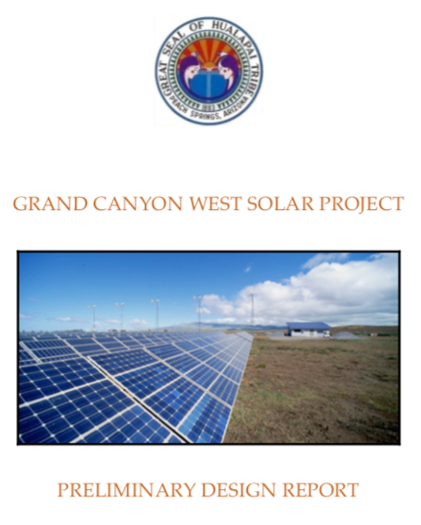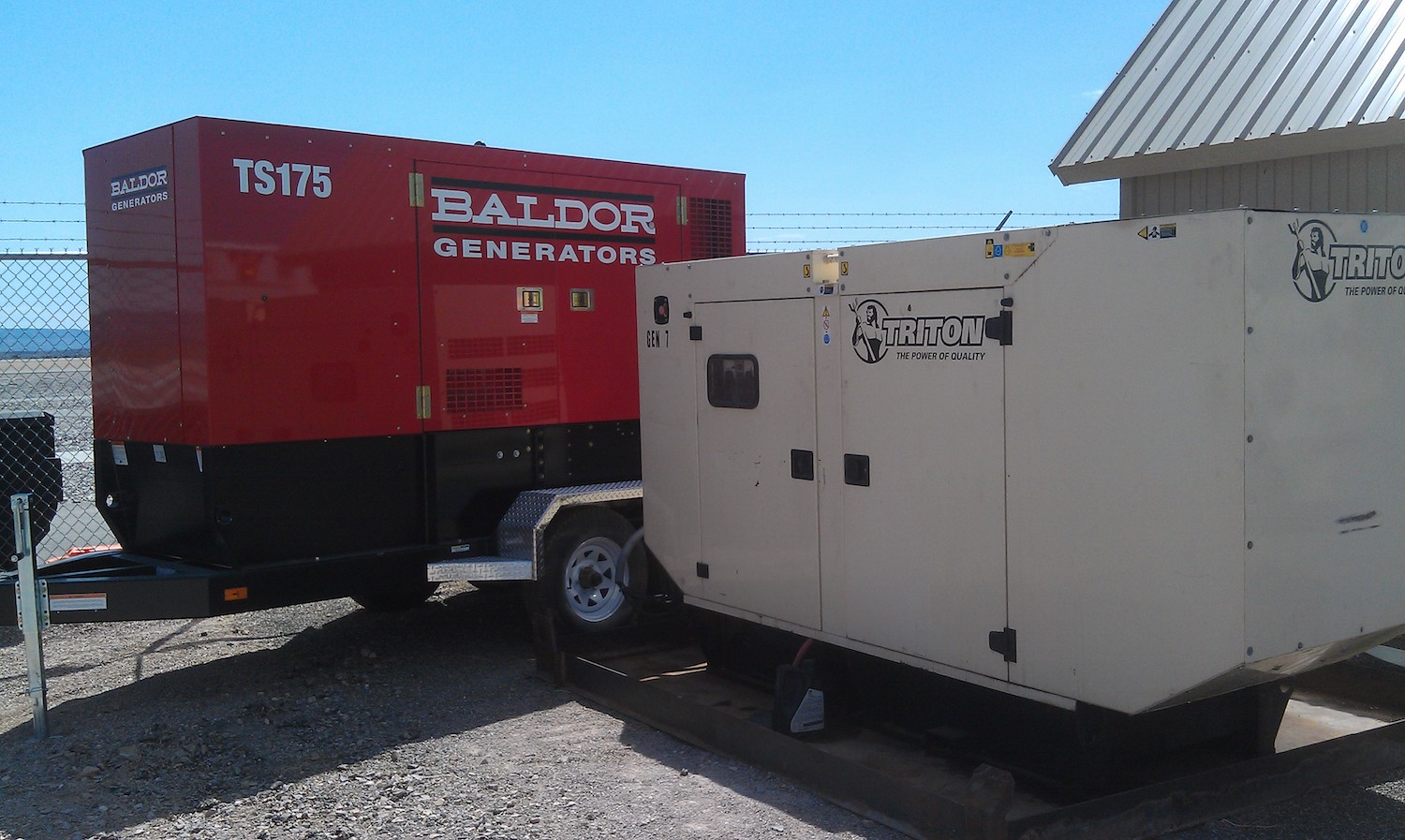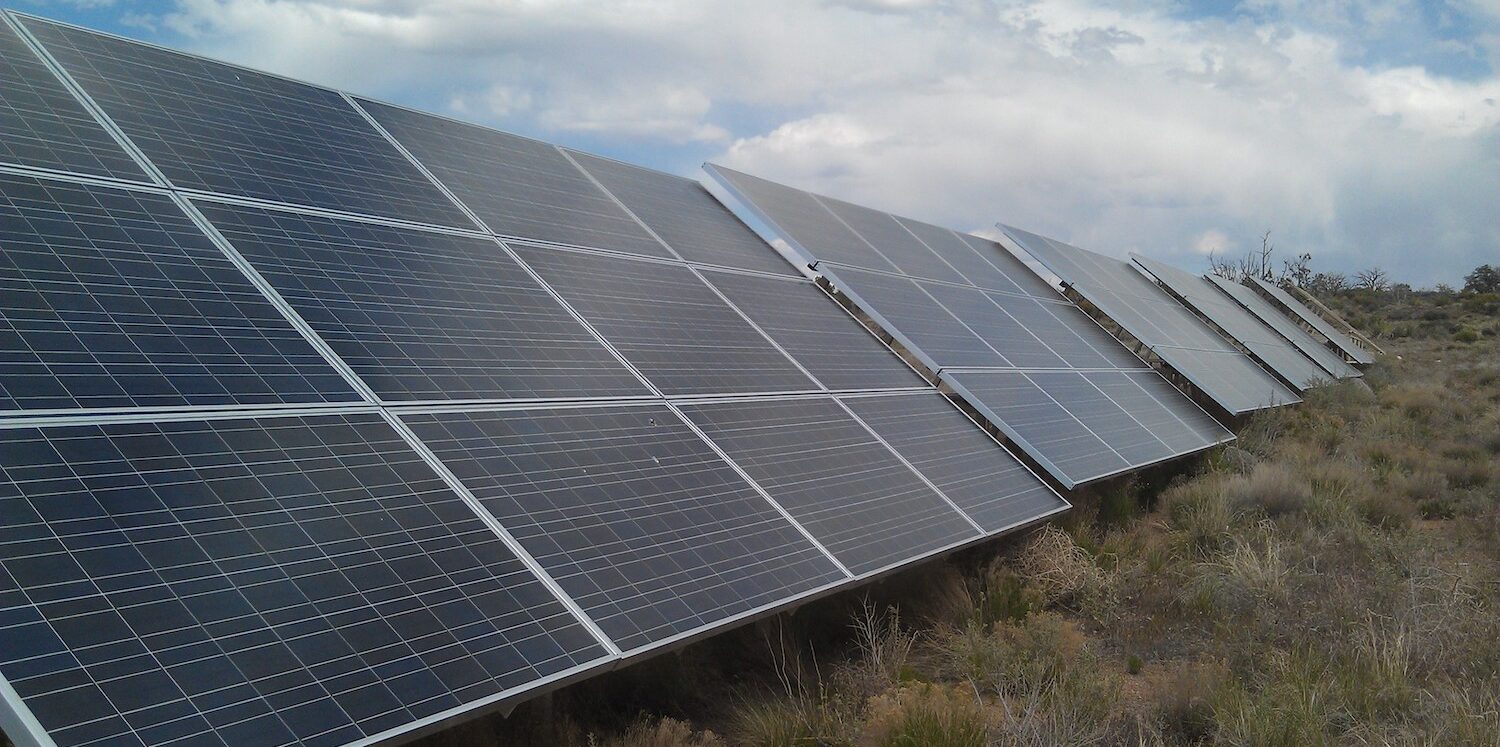Client: Hualapai Tribal Nation /
Location: Hualapai Reservation /
Sevices: preliminary design /
The Hualapai Tribe commissioned this study to evaluate options for developing a solar photovoltaic (PV) system at Grand Canyon West (GCW) to reduce reliance on diesel generators. The study examines current electricity usage, energy conservation measures, and two solar PV system options.
GCW currently uses 15 diesel generators at 9 locations, consuming 240,430 gallons of fuel in 2011 to produce an estimated 2,671,000 kWh of electricity. The total cost, including fuel, capital, and maintenance, was $1.2 million or $0.46/kWh.
The study recommends implementing energy conservation measures, including power sub-metering and HVAC load control, which could save 294,000 kWh annually with a 1.8 year payback period. Additional measures like lighting upgrades should also be considered.
Two solar PV system options are evaluated: Option 1 is a 250 kW grid-tied system without energy storage, while Option 2 is a 500 kW hybrid system with battery storage. Both would be located on a 33-acre site west of the airfield.
Option 1 would produce 411,000 kWh annually, replacing 15% of GCW’s 2011 electricity usage. It has an estimated cost of $1 million with a 7.8 year simple payback period. Option 2 would produce 739,800 kWh annually, replacing 28% of usage, at a cost of $3 million with a 14.9 year payback.
The study recommends implementing Option 1 initially, after 6 months of power monitoring to determine optimal sizing. Option 2 could be considered as a future expansion in 2-4 years when battery storage technology improves.
The proposed PV system would use fixed-tilt crystalline silicon panels at a 30-degree tilt, facing due south. A concrete ballast block mounting system is recommended. The system would connect to a planned 20.8 kV local micro-grid.
Financing options include self-ownership by the Tribe or third-party ownership through a Power Purchase Agreement (PPA) or lease. A PPA may be challenging to obtain for a smaller system but could potentially offer lower electricity costs.
The levelized cost of electricity (LCOE) is estimated at $0.23/kWh for Option 1 and $0.42/kWh for Option 2, both lower than the current diesel generation costs.
The study provides implementation schedules, estimating 21 weeks for the energy management project and 40 weeks for the solar PV project from RFP to completion.
The report also reviews three small existing PV systems at GCW, which are currently non-operational. It recommends either refurbishing these systems or converting them to grid-tied systems without batteries.
Overall, the study concludes that implementing energy conservation measures and a grid-tied solar PV system could significantly reduce GCW’s electricity costs and diesel fuel consumption, with potential for future expansion as technology improves and energy needs grow.





